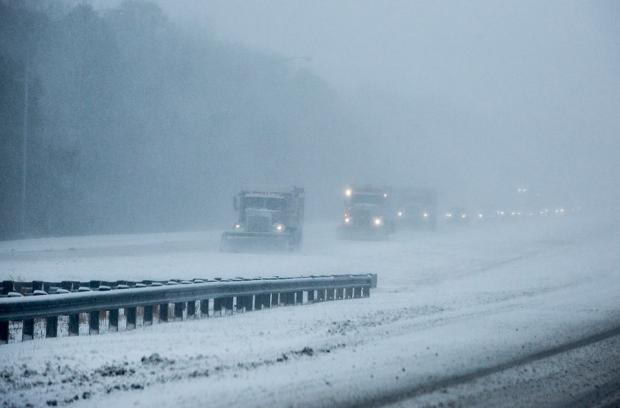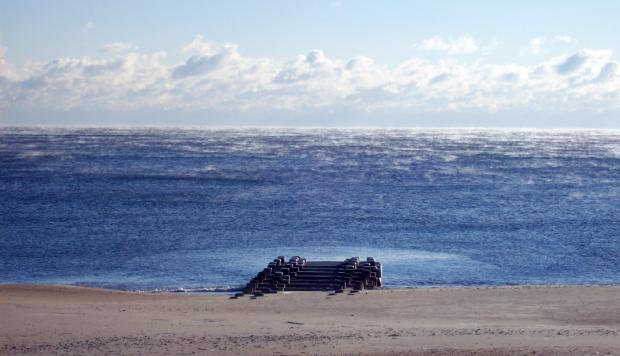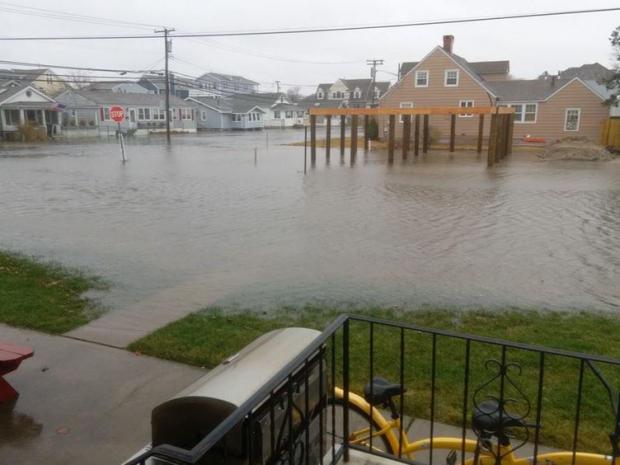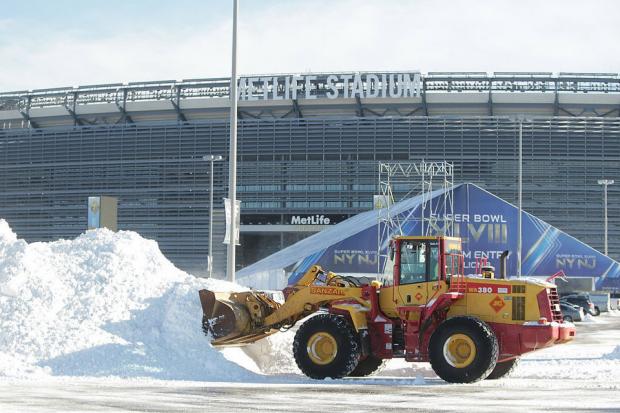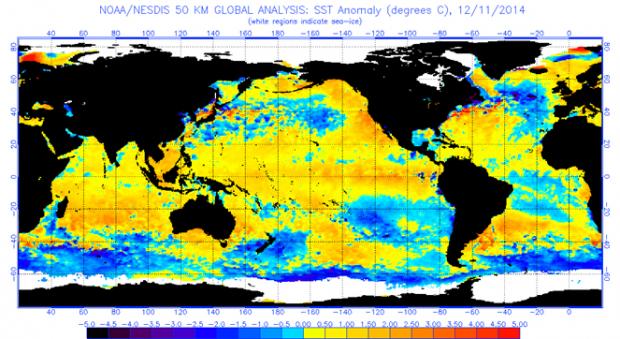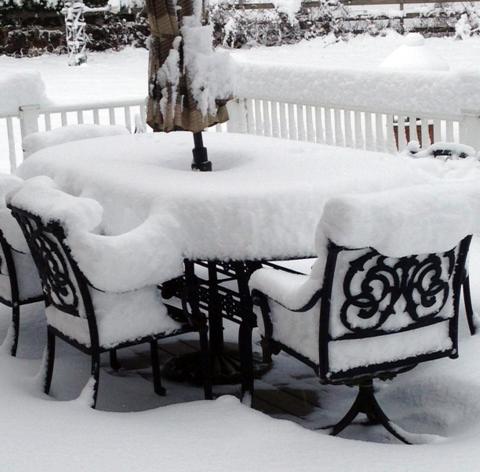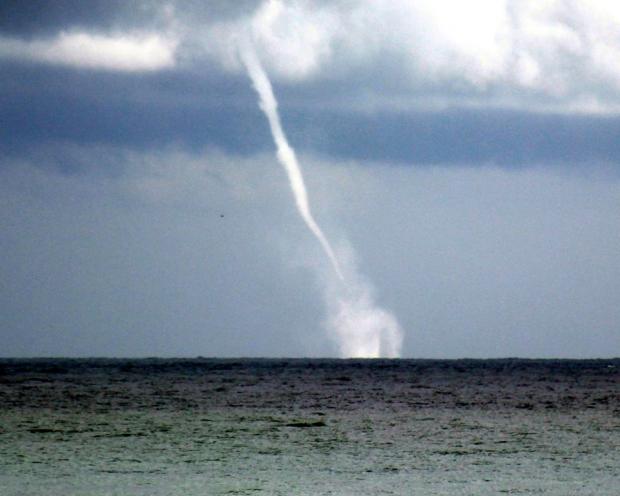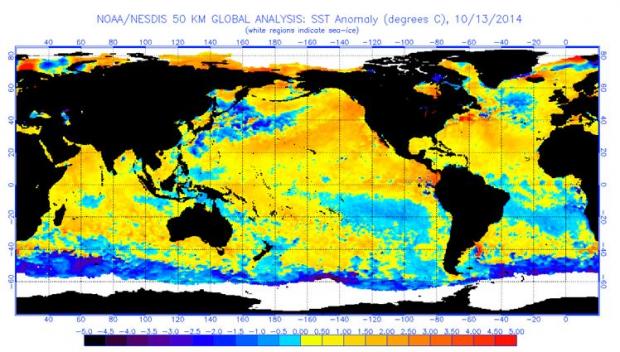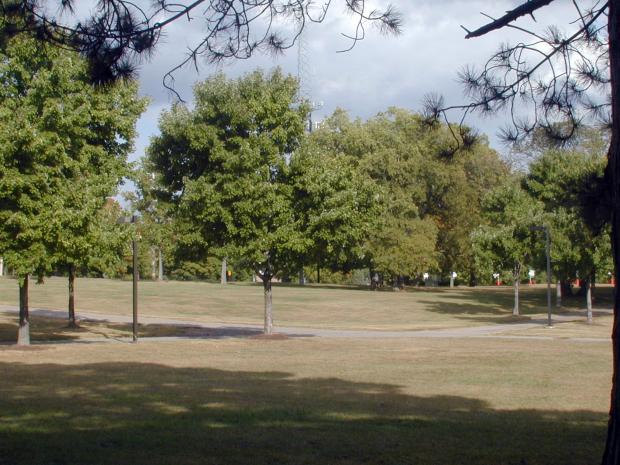Just How Cold Has It Been?
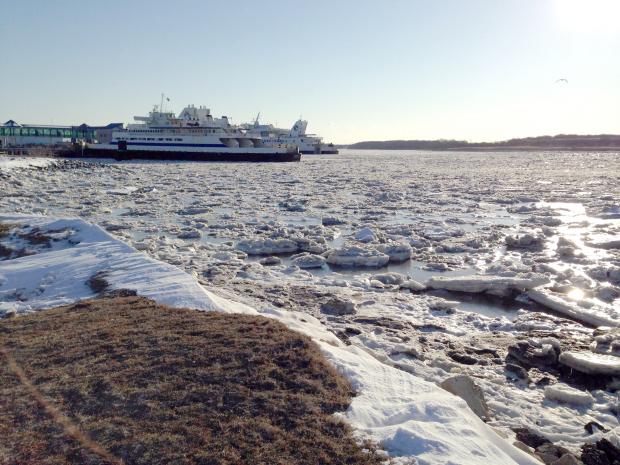
The answer: remarkably cold! As if anyone living in New Jersey has any doubt. February 2015 is destined to be one of the coldest months since statewide records commenced in 1895. As observations currently stand, along with projections through month’s end, this will likely be the second coldest February and the fourth coldest of any January or February. Table 1 lists the ten coldest Februaries, based on observations gathered from several dozen stations throughout NJ. Looking north and south, it appears as if this will be the second coldest February in the north (Hunterdon, Somerset, and Union counties northward) and third coldest in the south. This is in line with the coldest core being situated over New England and the added chilling effect of the ground being snow covered throughout the month in the north, while only being so over the last two weeks down south. The two colder Januaries were in 1918 (19.9°) and 1977 (20.2°).


